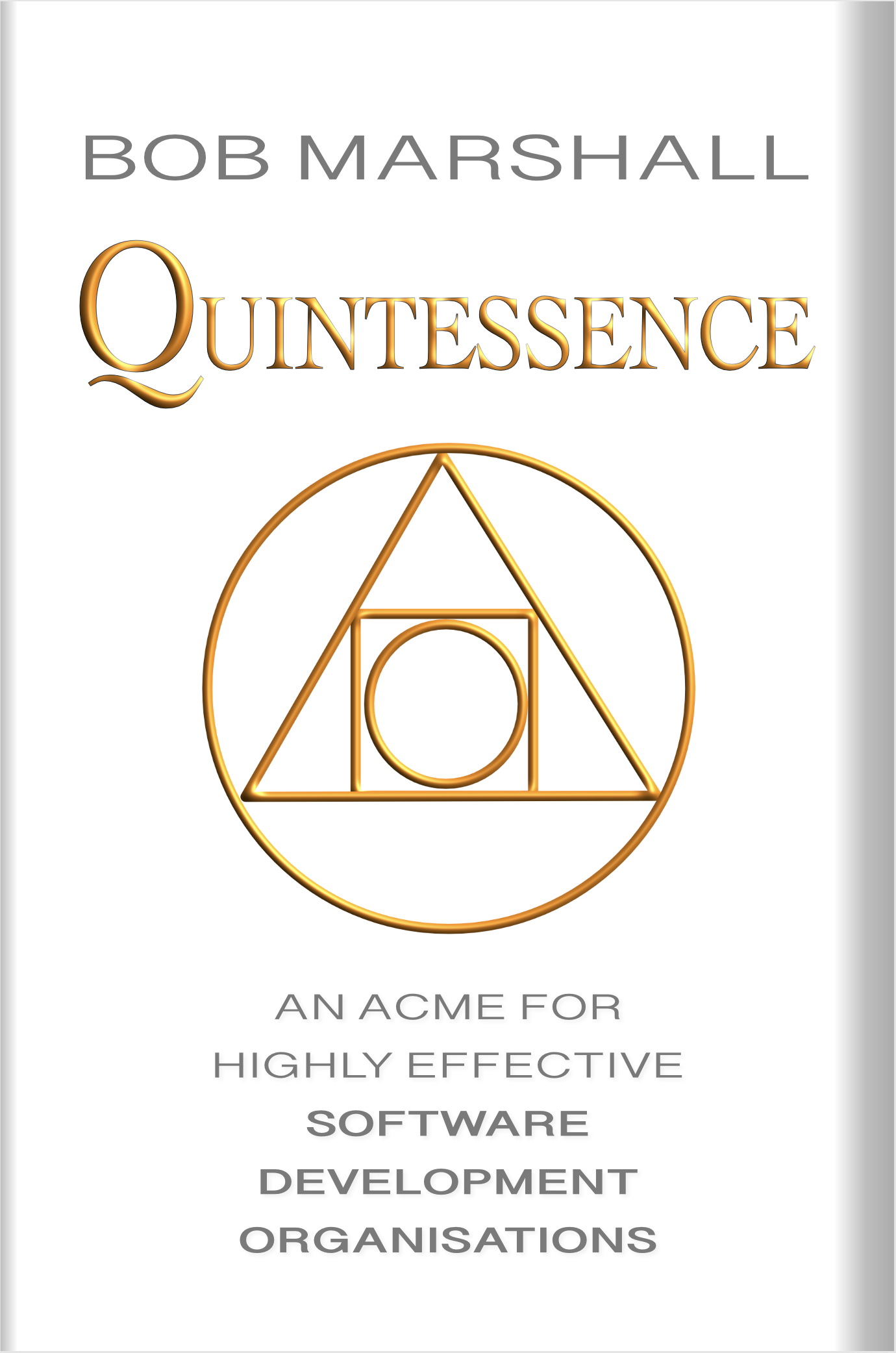Interactive Book: Quintessence – Chapter 16, Collective Mindsets
Sidecar for Chapter 16 of “Quintessence” (Collective Mindsets)
Selected ChatGPT Prompts
Collective Mindsets, as described in this “Quintessence” chapter, refer to the shared assumptions, beliefs, and attitudes of a group, community, or organisation that influence their ability to succeed in their collective purpose. Quintessential organisations acknowledge the importance of collective mindsets and act intentionally to improve them. To help you explore the concept of Collective Mindsets further, we’ve prepared 10 ChatGPT-4 prompts. These prompts are designed to help you understand and discuss the topic in greater detail. Feel free to customise the prompts to suit your needs.
[Purpose] Understand the concept of collective mindsets.
[Prompt] What is a collective mindset, and how does it impact an organisation’s effectiveness?[Purpose] Explore the idea of memeplexes.
[Prompt] Explain the concept of a memeplex and how it relates to collective mindsets in organisations.[Purpose] Delve into organisational psychotherapy.
[Prompt] What is organisational psychotherapy, and how does it help in addressing collective mindset challenges?[Purpose] Understand the importance of simultaneous shifts.
[Prompt] Why is it important for an organisation to shift its collective mindset more or less simultaneously, and how can this be achieved?[Purpose] Explore the concept of transitions.
[Prompt] Define “transition” in the context of organisational change, and discuss its importance in shifting a collective mindset.[Purpose] Discuss the role of homeostasis.
[Prompt] Explain how the concept of homeostasis applies to collective mindsets in organisations, and why it matters for managing change.[Purpose] Investigate punctuated equilibria.
[Prompt] What does “punctuated equilibria” mean in the context of organisational change, and how does it relate to transitions in collective mindsets?[Purpose] Compare different management approaches.
[Prompt] How do traditional management approaches compare with radical management in addressing collective mindsets?[Purpose] Discuss the implications of discredited ideas.
[Prompt] Identify any discredited or suspect ideas related to collective mindsets, and discuss their implications for organisational change.[Purpose] Reflect on the role of leaders.
[Prompt] What role do leaders play in shaping and shifting the collective mindset of an organisation, and what skills or qualities are most important for them to possess?
A Suggested Learning Path on the Topic of Collective Mindsets
Understanding Collective Mindsets in Organisations.
[Prompt] Define collective mindsets and their impact on organisational effectiveness.
[Exercise] Reflect on your organisation’s collective mindset and identify three key assumptions or beliefs that may influence its effectiveness.Memeplexes and Their Connection to Collective Mindsets.
[Prompt] Explain the concept of memeplexes and their relationship with collective mindsets in organisations.
[Exercise] Analyse your organisation’s memeplex and identify interlocking memes that reinforce the current collective mindset.Approaching Simultaneous Shifts in Collective Mindsets.
[Prompt] Discuss the importance of simultaneous shifts in collective mindsets and how to approach such shifts.
[Exercise] Develop a plan to initiate a simultaneous mindset shift within your organisation, addressing the identified key assumptions or beliefs.Organisational Transitions and Collective Mindsets.
[Prompt] Define “transition” in the context of organisational change and its relevance to shifting collective mindsets.
[Exercise] Identify potential challenges and opportunities for a successful transition within your organisation and create a strategy to address them.Homeostasis and Its Impact on Organisational Change.
[Prompt] Explain the concept of homeostasis in relation to collective mindsets and its significance in managing organisational change.
[Exercise] Observe and document examples of homeostatic forces in your organisation that might resist change, and brainstorm ways to counteract them.Punctuated Equilibria and Its Role in Organisational Change.
[Prompt] Discuss the meaning of “punctuated equilibria” in organisational change and its connection to transitions in collective mindsets.
[Exercise] Identify moments of punctuated equilibria in your organisation’s history, and reflect on how these moments impacted the collective mindset.Traditional vs. Radical Management in Shaping Collective Mindsets.
[Prompt] Compare traditional management approaches with radical management in addressing collective mindsets.
[Exercise] Evaluate your organisation’s current management approach and consider how adopting elements of radical management might facilitate a shift in the collective mindset.Leadership and its Influence on Organisational Collective Mindsets.
[Prompt] Describe the role of leaders in shaping and shifting an organisation’s collective mindset, and identify crucial skills or qualities for this task.
[Exercise] Assess your own leadership style and identify areas for growth or improvement that could help you better influence your organisation’s collective mindset.
This learning path offers a structured approach to exploring the topic of “Collective Mindsets” in the context of quintessential organisations.
Some Alternative Learning Paths
There are several other learning paths that could be useful in the context of Collective Mindsets. Here are six potential paths:
Understanding Organisational Culture: Explore the relationship between organisational culture and collective mindsets, and how they shape each other.
Developing Emotional Intelligence: Learn how emotional intelligence can contribute to effectively managing and shifting collective mindsets in organisations.
Effective Communication for Change: Understand the importance of communication skills in successfully driving mindset shifts and organisational change.
Systems Thinking and Change Management: Discover how systems thinking can help identify and address the interconnected elements of an organisation’s collective mindset.
Fostering Psychological Safety: Learn how to create an environment of psychological safety to enable open discussions and shifts in collective mindsets.
Design Thinking for Organisational Change: Explore how design thinking can be used to facilitate creative and innovative approaches to shifting collective mindsets.
Each of these learning paths can be tailored to focus on specific aspects of collective mindsets and their impact on organisational effectiveness. Ask ChatGPT to elaborate on one or more of these paths, or suggest others.

